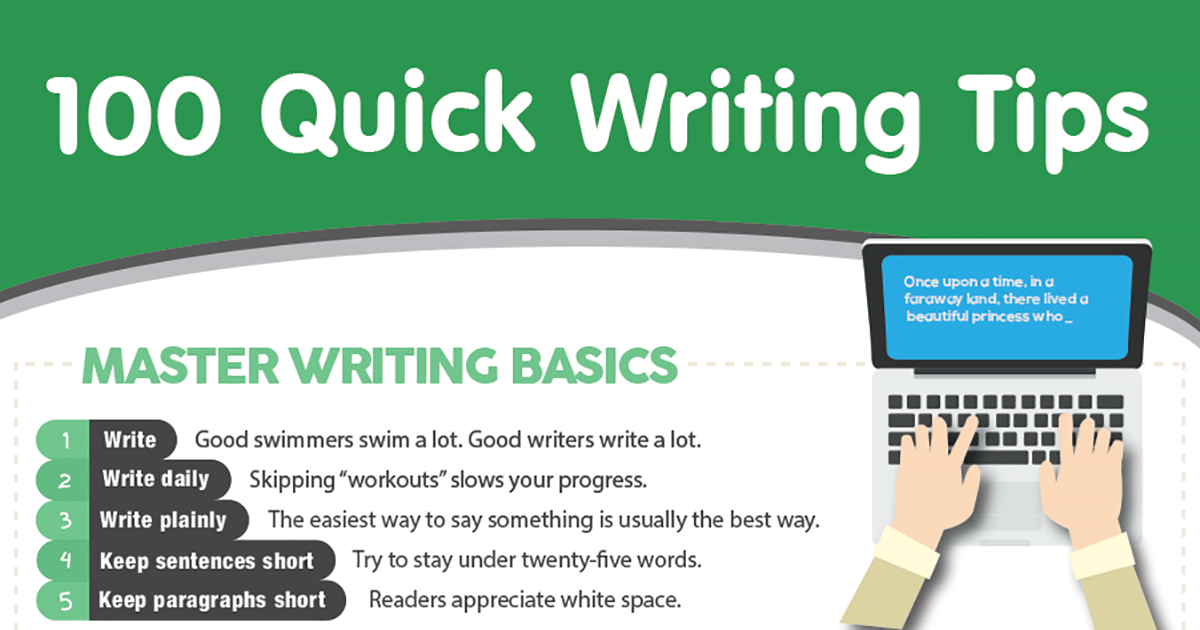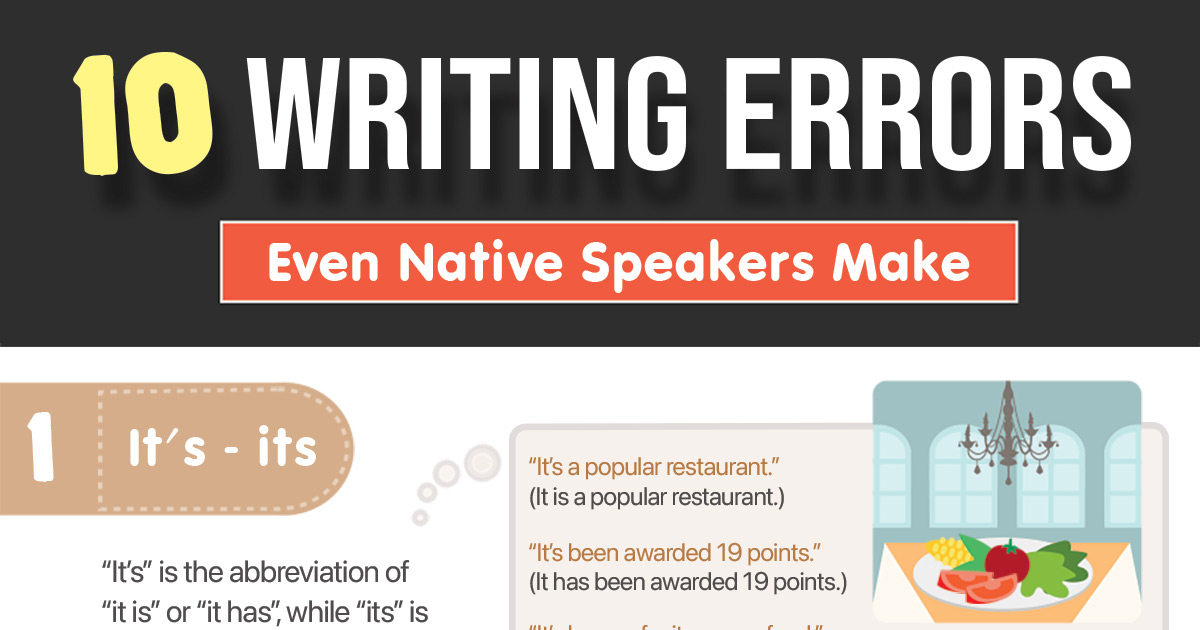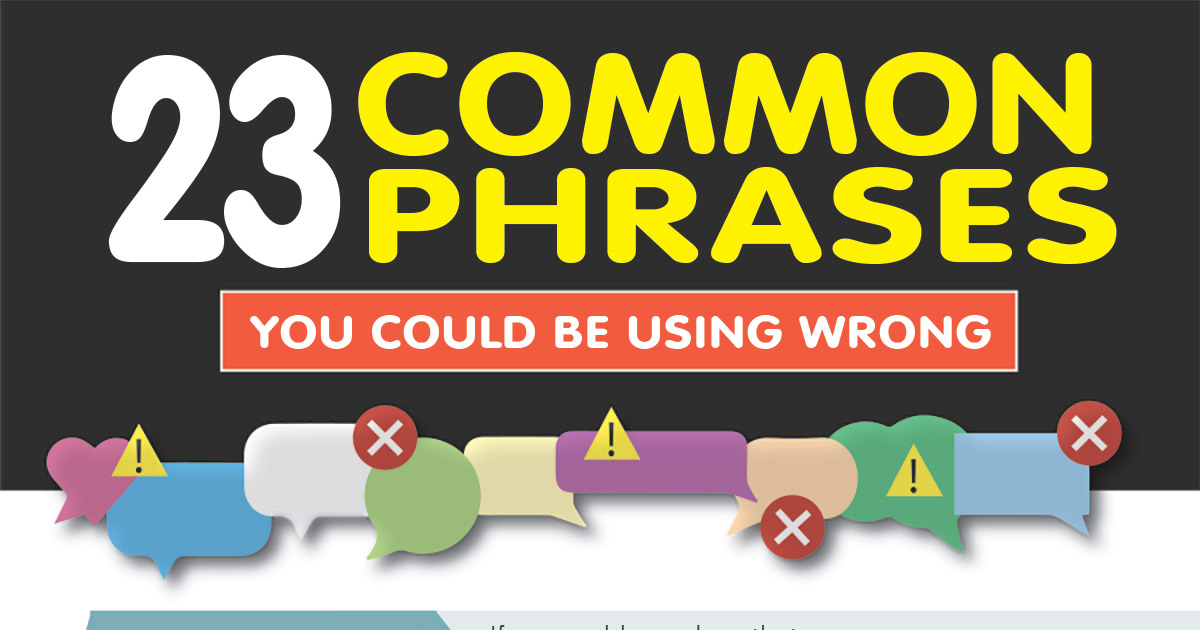 Whether you work in an office or at home, chances are the bulk of your work requires you to communicate with clients and stakeholders via the written word. But here’s the deal; most business-related courses don’t put enough emphasis on business writing standards, which means that even the most educated business people make common errors on a daily basis.
Whether you work in an office or at home, chances are the bulk of your work requires you to communicate with clients and stakeholders via the written word. But here’s the deal; most business-related courses don’t put enough emphasis on business writing standards, which means that even the most educated business people make common errors on a daily basis.
Solid business writing skills are of increasing importance in the digital age. Learning the core basics of effective written communication will put you in an advantageous position over your competitors, helping you communicate more effectively with your customers/clients. Better written communication translates into better relationships, which in the business world translates to increased success.
Whether you flunked English class or graduated with an English language degree, you will benefit from implementing these 10 core business English writing rules, which form the gold standard for professional business communications.
1. Leave Out the Office-Speak Jargon
Your boss might enjoy using cliché phrases like “think outside the box” and “360-degree thinking”, but don’t let this infectious office-speak find its way into your written work. Business writing should be clear and free of ambiguity; so leave the jargon for meetings and company conferences. The last thing you want is for those reading your work to feel like they are reading a script from an episode of ‘The Office’.
2. Don’t Try too Hard
It’s obvious to a reader when a writer is trying too hard, because they use $10 words where $5 words will suffice. A business document isn’t verified as such by the amount of big words you use, and attempting to fill the pages with the longest words in the Oxford English dictionary will appear as if you’re trying too hard to sound intelligent. Leave out the tongue twisting vocabulary and use short, declarative sentences.
3. Pay Attention to Names and Gender
There is nothing worse than writing Mr. to a Mrs., except perhaps spelling a person’s name incorrectly. Make sure you double-check the spelling of the recipient’s name, and ensure you have the correct gender title before you send your email or letter.
4. Make Emails Short and Concise
When writing an email, put the point across in the first paragraph. You are far more likely to get the answer you are looking for if your idea or question is put across directly without unnecessary verbiage. Save time by getting straight to the point and avoiding chitchat. People have a tendency to feel bad for not throwing in a few niceties before getting to the point. But this is the business world where time is money. There is no need to ask about the recipient’s weekend or plans for lunch. Maximise the potential of the outcome by being polite, direct and concise.
5. Curb Your Enthusiasm
You might be excited about your ideas, but don’t let your writing portray you like an excited child. Refrain from using exclamation points in important documents, no matter how energized you feel. The same should be applied to typing emails; avoid signing off with quirky endings like “See yaa!” or “Here’s to our success”! Put across a calm, positive, professional approach and you are likely to receive a similar response.
6. Use Active Verbs Over Passive Verbs
Using active verbs assists in creating more professional sentences. For example, rather than writing, “The seminar was led by Jack”, write, “Jack led the seminar”. This style of writing will bring a more energetic, assertive vibe to your prose.
7. Remember the 5 W’s: Who? What? When? Where? Why?
If you struggle with business writing then you’ll do well to write this rule on a post-it note and stick it somewhere on your desk. If you have all the W’s covered you will, at the very least, cover all the bases you need to when writing a proposal, strategy document or email. You might also do well to add a ‘how’ to the end of this list. This last piece of the equation will help you form your ‘call to action’.
8. Include a Call to Action
People receive stacks of emails and documents each week, and the higher up the ladder you go, the more written communication you receive. Much of this information is discarded and incorrectly acted upon because it lacks a call to action. Let the recipient know exactly what to do with the information you have provided. Should they reply? Should they pass the information to another person? Should they bin it? The clearer you make your call to action the more likely you are to receive the response you hoped for.
9. Avoid Decision Paralysis
Any savvy marketer will tell you that giving a consumer too much choice is a bad thing. People need to be funnelled towards a decision, because when left with multiple choices they either can’t decide or take too long to decide. Avoid decision paralysis by limiting choice in your business writing.
10. Write Twice. Check Twice
All important business documents require an editing and proofreading process. The most effective way to do this is as follows: Write your first draft without second guessing your grammar. Now go over the draft adhering to the aforementioned tips of this post. Now go back over the document again and check for grammatical errors and spelling mistakes. Take time to rework your sentences to the best of your ability. If you have a day or two before you need to submit your work, put the document aside and come back to it on a fresh head. Check it over one last time before submission.












